Alpacas are domesticated animals, that originally live and are native to South America. The alpaca originated in Peru and lives near the foot of various mountains and high plateaus such as the Andean ranges in Bolivia and the foothill of the Cordillera Occidental. They have also spread to Argentina, Chile, and Ecuador in the South American region.

The alpaca (Vicugna pacos) can be found worldwide because they are kept on alpaca farms as a pet for their fleece. Time back, they were domesticated by Indians. The alpacas live in the humid and wet ecology of the North and West Altiplano, while the llamas are found in the cold, dry East and South.
Alpacas are also called domesticated versions of vicunas. They are South American ruminants that live in the high alpine areas of the Andes. Alpacas are members of the Camelidae family and share a lot of the traits of their family members like dromedary camels, Bactrian camels, wild Bactrian camels, llamas, and guanacos. Alpacas are the smallest members of the camel family.
Taxonomy of alpaca
| Kingdom | Animalia |
| Subkingdom | Bilateria |
| Infrakingdom | Deuterostomia |
| Class | Mammalia |
| Subclass | Theria |
| Infraclass | Eutheria |
| Family | Camelidae |
| Order | Artiodactyla |
| Genus | Vicugna |
| Species | Vicugna pacos |
| Phylum | Chordata |
| Subphylum | Vertebrata |
| Infraphylum | Gnathostomata |
| Superclass | Tetrapoda |
They are premier livestock in North America and abroad. To ensure breed purity and a high standard of products produced by alpacas, the National Alpaca Registry (ARI) was formed in the year 2014 in the United States. Alpacas are often confused with the llama, but the difference between both is the size. They are imported from different countries. Alpacas are smaller than llamas and bred for their fibre, not as working animals. The population of alpaca in Peru is around 3,685,516 as per the Alpaca Culture.
Species of alpaca
There are two species of alpacas
1. Huacaya
Huacaya alpacas are common of the two fleece sort. Their hair is fluffy and crimpy, which looks like that of a teddy bear. The fibre is dense and grows perpendicular to the body the same as in sheep. They are the most robust ones among these two species. Huacaya alpacas can live and habitat in the harsh climate of mountains and ground, so they are easier to keep healthy.

The dense and fluffy fleece of Huacaya helps it to perfectly adapt to the rigid climate of Andean highlands, where temperature instability can be extreme at any time. By their thicker covering of fleece, their adaptation to surviving in higher attitudes of the Andes is enhanced.
2. Suri
Suri alpacas are beautiful and humble creatures with long shiny locks and very soft, slightly curly hair. This is the more rare species and minor in the population, also the expensive one. They don’t require really thick fleece because of their adaption. Suri alpacas mainly live in places with lower altitudes.
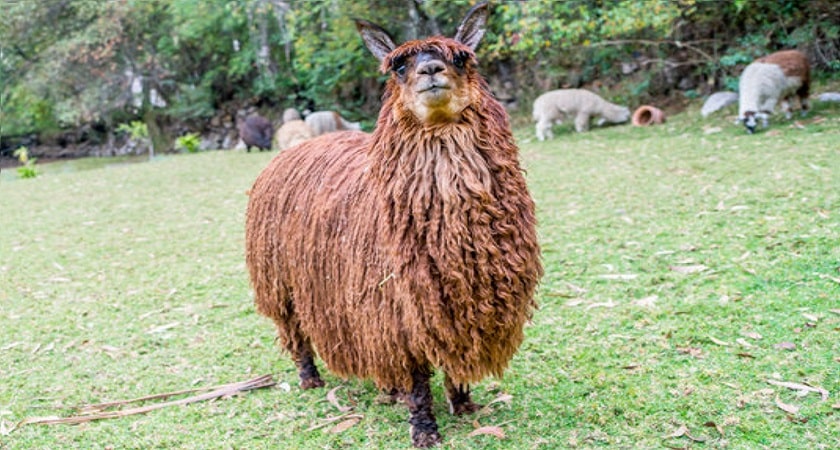
They both fetch a higher price in the market but, Suri alpaca is relatively more expensive. The fibre of Suri alpaca is generally too slippery to use, so people mix it with cotton, wool or silk. It is 5% of the world’s alpaca population. The difference between both is the length and fineness of the wool-like fibre.
What Do Alpacas Eat?
Alpacas are herbivores, so they eat vegetation. Their diet may comprise leaves wood, bark or stems but grass is the favourite food of alpacas. They will love grazing on grass and munching weeds, shrubs and trees on the ground. With the help of the three-chambered stomach, they can absorb more nutrients from the food they eat. Alpacas are ruminants, which means they chew cud just like cows and deer and can live and survive in harsh climates.
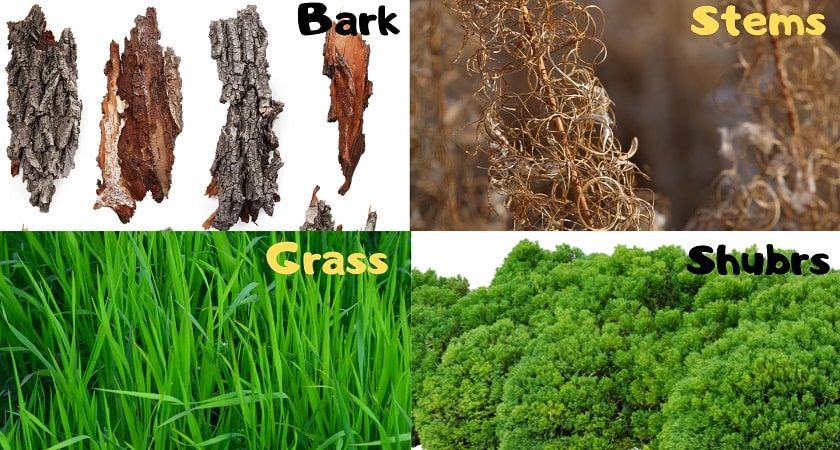
You can feed alpacas a low-protein diet, which is more suitable. The additional supplements can also be fed to the females while they are pregnant. As per the Alpaca Owners Association, alpacas eat 1.5 per cent of their body weight each day. You can feed a 60-pound bale of hay to a group of about 20 alpacas for one day.
Alpacas have teeth only on the bottom, while on the top they have a hard gum known as a dental pad for crushing grain and grass. Unlike the goats, they don’t have long tongues, with the help of their small tongue; they rip the top portion of the grass and the plants. They have softly padded feet with two toenails on each foot. Alpacas live in harsh conditions, so they use food efficiently. Alfalfa should be fed occasionally because it contains rich protein content that is harmful to alpacas.
You may consult with the local veterinarian to feed the several manufactured mineral mixes and supplements readily available in the market. They drink a lot of water so they should be provided with access to plenty of fresh water to drink. If you keep them, you have to monitor them to ensure they do not consume harmful products.
What To Feed Alpacas?
If you want to raise the alpacas you may talk with other alpaca breeders to know from where they get hay. You may feed them pallets throughout the year. It is a great supplement and specifically designed for alpacas. They survive well on different kinds of low-protein hay or pasture, provided it has a balanced mineral content. Alpacas live in a climate that changes frequently. They graze grass on the ground but that’s not only a healthy diet.
In the winter, it’s good to feed them alfalfa pellets, a mixture of corn, oats, and barley is a very healthy food for alpacas which they will eat happily. It is mixed with molasses so it makes the mixture tasty for them. You can also add fibre nutrients to the mixture; it helps to keep their fibre nice, healthy and strong.
For fleece-producing animals, fibre is the most important element of their diet because if you process the fibre, it needs to be strong. Providing them with direct minerals is an add-on to keeping their body balanced and healthy. The cost of feeding an alpaca per month is equal to feeding a dog.
Lifespan And Offspring Of Alpacas
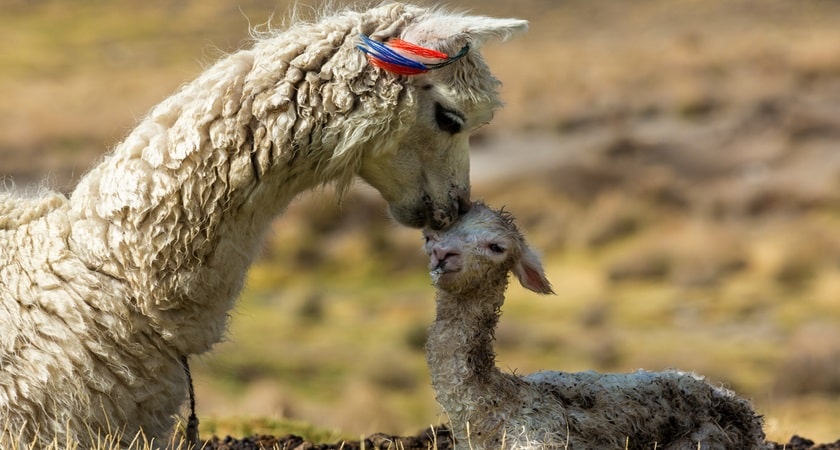
If alpaca is livestock, they can be bred at any time of year. Alpacas breed only once a year, as they are ruminants, they don’t have a heat cycle. A female alpaca gives birth to only one offspring after the gestation of 11 to 12 months. The newborn baby is called cria and can weigh between an average of 15 to 20 pounds. The relationship between the mother of the alpaca and the child lasts throughout their life.
The average weight of an adult alpaca is around 125 to 175 pounds and stands 32 to 38 inches at the shoulders.
Are Alpacas Friendly?
Alpacas are very gentle and friendly, they are not aggressive. They kick and bite very rarely but one interesting fact about them, sometimes alpacas spit at each other just to maintain the space and compete for food. They spit on people rarely, only when scared or amazed. With little training, alpacas make wonderful pets. Children can handle them easily because of their calm and happy features. South American Indians would keep them previously. Now they are imported worldwide.

They are herd animals and their social structure doesn’t allow them to live alone, alpacas live with the herd. If you want to keep alpacas, keeping a single alpaca is will not be a very good idea, an alpaca can die from loneliness. It’s better to keep them in the herd, or if you are just starting, keeping at least 3 alpacas is recommended or preferably 4 is best. They are available for sale also. The cost of a young and mature alpaca can be somewhere between $5000 to $15000.
Alpacas communicate through humming sounds. Tail position and body postures also contribute to communication methods among alpacas. They make high-pitched noises while threatened by predators. There is a variety of sounds they make like clicks, snorts and humming. But they are best known for their soothing humming sound.
Fibre Of Alpacas
The fibre of alpaca is called “The Fiber Of Gods”. Alpacas are adapted to live in a rapidly changing environment. They live in different regions, including Altiplano, the Salar de Uyuni, along with the hydrographic basins of Lake Titicaca and Lake Poopó, the Desaguadero River, temporary lakes, and a number of valleys.
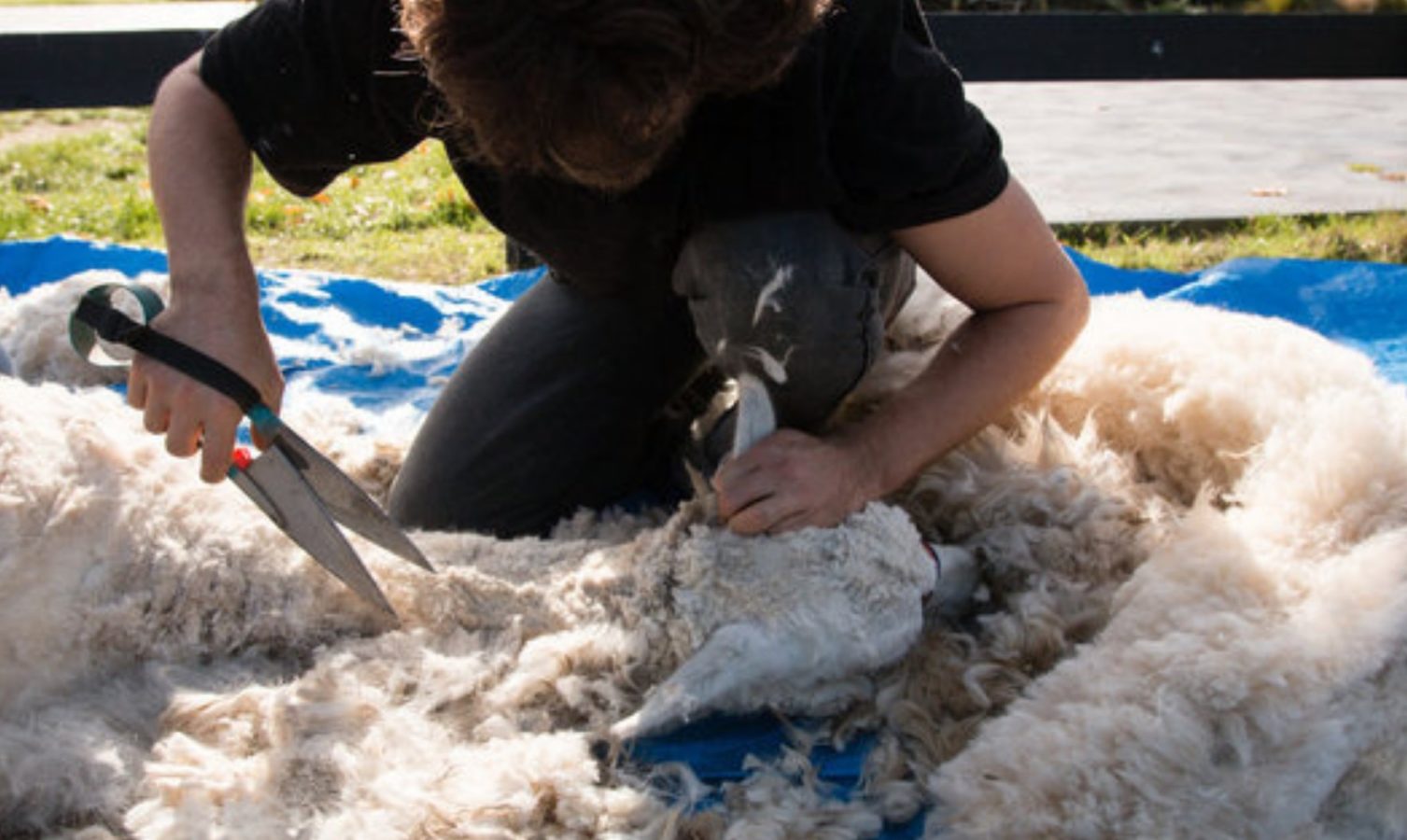
They are found in a number of different colours, It can be around 22 or more, so a variety of fibre colours is there. The alpaca is shorn once a year and yields around 1.5 to 3 kilograms of fibre. The fibre is marketed majorly to the Australian Alpaca Fleece Limited which is working harder to supply sufficient alpaca fibre to support the commercial markets in Australia and other countries.
The fibre of alpaca is the most natural and light or heavy in weight, depending on how it is spun. This is the most luxurious and silky natural fibre. It is water-repellant and difficult to spark. Huacaya grows soft and spongy fibre which is suitable for knitting, besides that, Suri produces fibre which is better for woven items.
The product of alpaca fleece can be simple and indigenous or inexpensive to the very expensive and sophisticated industry. There are various garments are made by use of alpaca fleece-like hats, mitts, gloves, suits, jumpers, sweaters and scarves are the most common items.
Alpaca As a Food
In food, the meat of alpacas is so famous in the world because of its flavoured taste and protein. The meat of alpaca is considered the healthiest and most tasty by-product of culling the herd. Each alpaca may harvest 60 pounds of meat. It is nutritionally superior the red meat and is lower in calories, fat, and cholesterol, so it’s easily digestible.
The alpaca is really a loving and friendly animal. Have you seen and fed alpacas or do you keep them as livestock?….let us know about this truly beautiful creature….share your experience with us and let us know if this article is informative for you, below in the comment section…


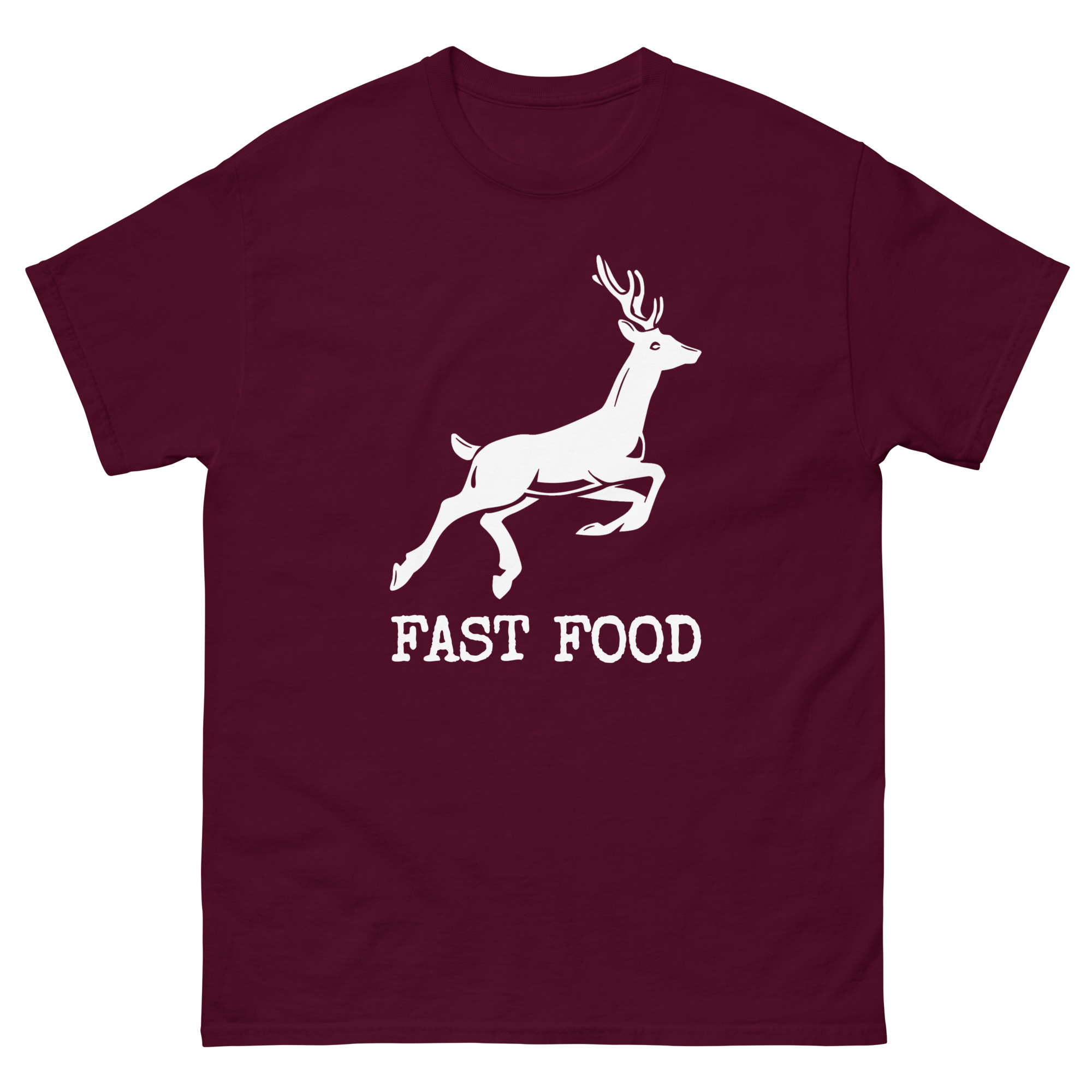
I actually just met some alpacas yesterday. I didn’t know much about these animals but I have learnt a lot – they are beautiful creatures 🙂
That’s great to hear from you and thanks for sharing your opinion about alpacas.
My alpacas are not friendly at all every time I get near them they run off.
Try to feed them with yourself Dottie.